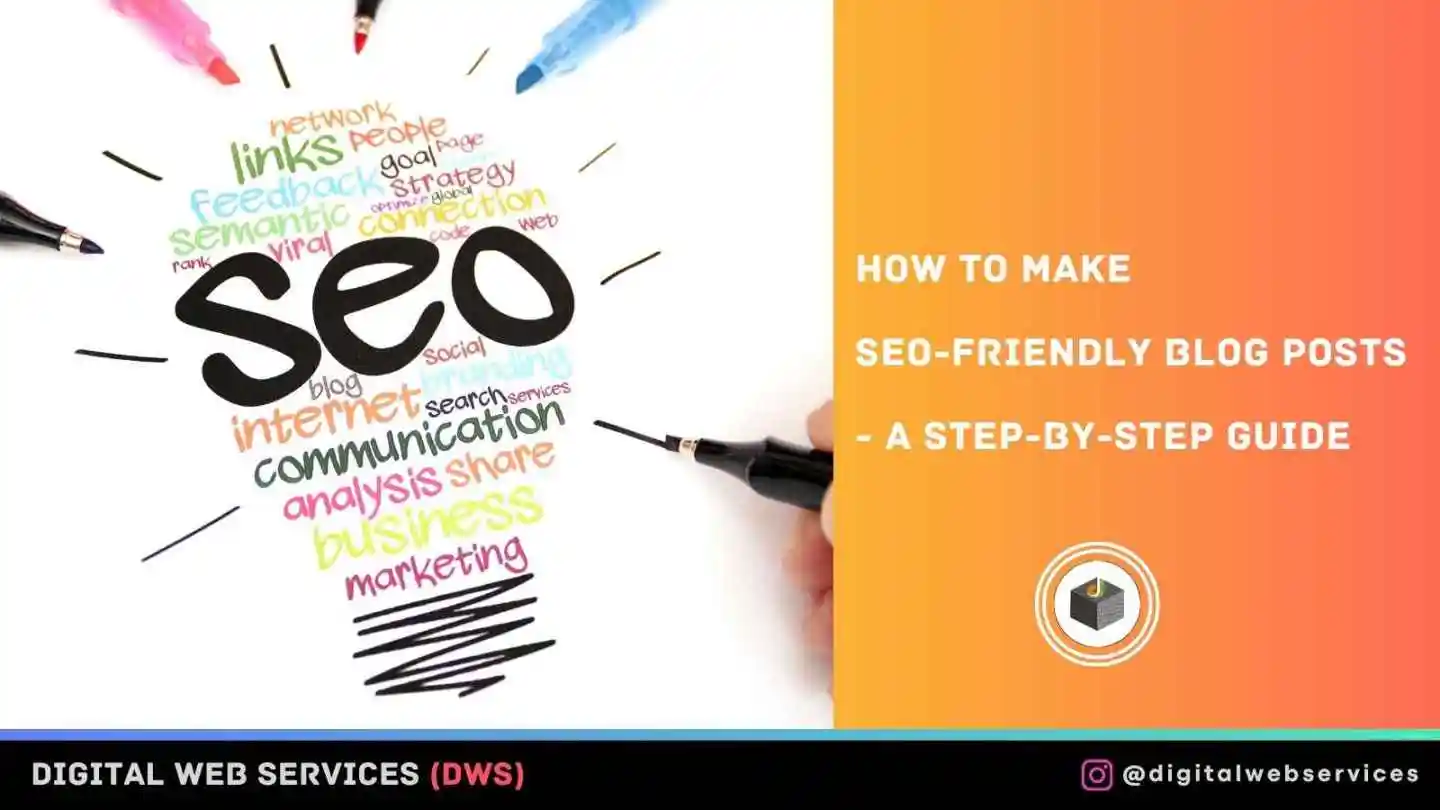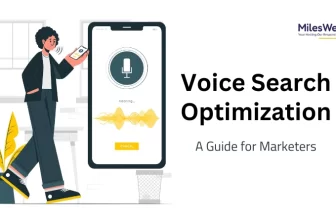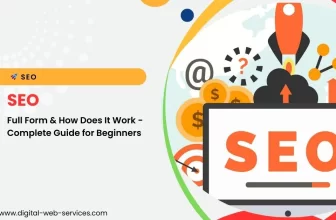
In today’s highly competitive and rapidly changing digital landscape, competing for consumers’ attention has become challenging. Your tried-and-tested tactics are becoming obsolete, and you must think of better ways to captivate your audience. One way to do this is by creating SEO-friendly blog posts.
Sure, you can write content and regularly post it on your website. But are they gaining traction? Or maybe you’re biting more than you can chew? If you think you can do SEO by yourself, think again. Time is one of the most valuable investments you may be wasting if your posts are not creating an impact.
Creating an SEO-friendly blog can increase your blog’s visibility and rank on search engines. This post is about SEO-Friendly blog posts, where you can learn How to make SEO-Friendly blog posts for your website. Many factors, including the blog’s structure, the post’s title, text formatting, headings, text size, paragraphs, and more, can make your Post User-friendly for your readers, so don’t miss to use all of these efficiently.
We should always make any post or article that search engines and users can easily understand. Making SEO-friendly posts can help your blog post to achieve high rankings on SERPs, and your readers can also like it. However, quality content and a good SEO combination can also boost any blog post to get the ranking of search engines.
Tips for Making SEO-Friendly Blog Posts
Here, by following the given simple tips, you can make an SEO-friendly blog, so let’s see how to create an SEO-friendly blog post by following some steps:
1. Thinking before the writing
It would be best if you thought before writing your blog post. This will save you time when you start writing your post and also help to create a user-friendly blog post for your readers. In this part, you can think about which topics should cover in your blog, set the goal of the post and decide your specific time to write the post and publish it.
When you write, put yourself in your audience’s shoes. What are their pain points or issues, and how can you help address them? Your post must answer these questions to be relevant.
Also, if you don’t have a buyer persona, it might be time to create one, so you can craft the most compelling content for them.
2. Create a good structure for the blog
If you want a good user experience on your website, then its structure should be good for the readers. A good structure for the website’s blog can boost your blog post engagement and traffic.
A solid structure also attracts search engine approval. Here are a few tips for creating an excellent structure:
- Begin with a powerful introduction
- Use short paragraphs
- Avoid long sentences
- Add captivating and relevant images and video
- End with a compelling conclusion
Furthermore, the structure improves your content’s readability, an essential factor for many search engines.
3. Create blog niche topics related to your website theme
Pick a blog topic according to your website theme. It is a great way to get genuine traffic on your website and improve your website bounce rate, which can also increase your blog SEO performance.
4. Create SEO-friendly blog post URL
It would be great if you always create user-friendly and SEO-friendly URL slugs, which can optimize your blog posts to rank on search engines. There are some points that you can keep in your mind before creating a URL for your blog, which are given below:
- Make your blog’s URL readable and make sure that its structure should be not complex.
- Keep your URL as short as possible.
- You can add your blog title to your URL.
- Make sure to add keywords to the URL to optimize your blog post.
- Don’t forget to replace the spaces in the URL with a hyphen.
5. Use heading tags correctly.
To optimize any blog post or web page, you should use heading tags properly. You can use an H1 tag once in the post. Your H1 tag can be the title of your blog post. However, you can use the heading tag in a hierarchical way, tags should be like H1>H2>H3>H4>H5>H6.
6. Add internal links within the post
Internal links play an important role in optimizing any blog post, where you can interlink one blog to another with some relevant keywords or phrases.
7. Optimize meta title and description
For SEO optimization of the blog post, you should make an SEO-friendly and user-friendly meta title and description and add your specific and target keyword in your meta title and description for better optimization on search engine result pages. Also, make sure to keep your meta title length around 60 characters and meta description length around 160 characters.
keep your meta title length around 60 characters and meta description length around 160 characters.
8. Optimize images
Optimizing your images for the blog post is the best way of making SEO-friendly blog posts. You should always make sure to add a small size of the image that can boost your post speed on user browsers, and also don’t miss to add keywords or image names on the “Alt” attribute of that image.
Conclusion:
In this post section, you have learned the best way to optimize and create SEO-friendly blog posts for your website, and we hope this post will help you create any SEO-friendly blog posts that will gain more user traffic on your blog post. Apart from all this, you can also update or refresh your old blog posts to increase SEO keyword ranking and visibility of blog posts on search engines. It would be best if you always made your blog posts more interesting to your readers, which can also enhance the user experience.
Keep blogging and keep sharing your latest ideas and information with others!
Digital Web Services (DWS) is a leading IT company specializing in Software Development, Web Application Development, Website Designing, and Digital Marketing. Here are providing all kinds of services and solutions for the digital transformation of any business and website.










